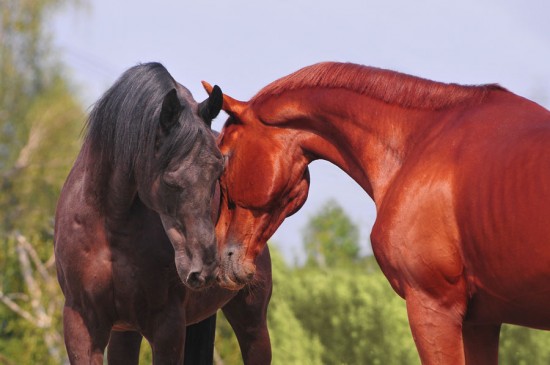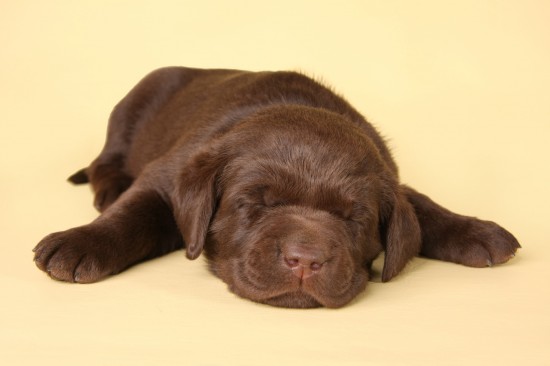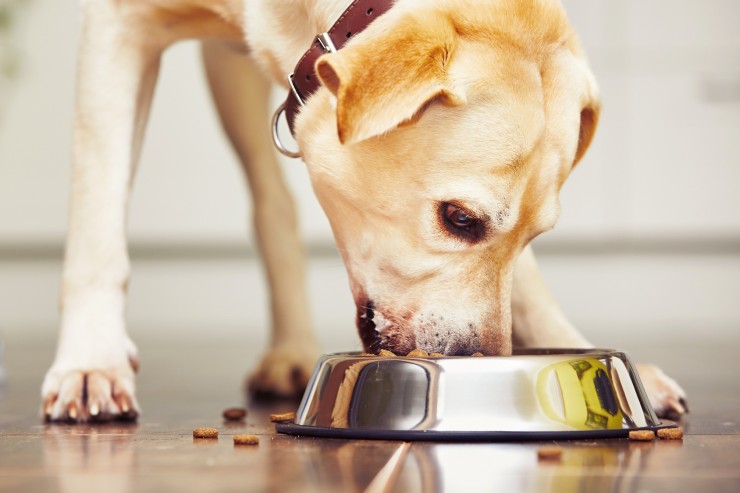
I would like to share some of my experiences with dogs who are fearful or phobic. First of all there is a difference between fears and phobias. Fears can be worked with and possibly get better but phobias can not be cured they can only be managed.
Phobias often cause dogs to react with irrational behaviors. Canine fears and phobias vein out to feed so many more underlying behavioral issues. Most of the time fears stems from lack of socialization as puppies. Phobias develop from some sort of trauma when the puppy was very young and then the fear becomes a learned behavior and finally the fear turns in to a phobia. Traumatic experiences for an adult dog can also instill phobias.
Most common fears are; fears of men, other dogs, loud noises, strange objects, children or it can be anything they were not exposed to as a puppy.
The most common phobias are thunder, fire crackers, car travel and gun shots. The uncommon types of Phobias are other dogs, odors example: veterinary hospitals; then phobias of certain people such as impaired individual’s example: wheel chairs, crutches and prosthetic limbs.
The best treatment for these types of behaviors is desensitization. The process is to start applying a very weak stimulus; then gradually increasing the strength. For example a phobia or fear of gun shots would be to desensitize them to the sound by starting the sound off at a distance and gradually approach the dog. You can even play a tape recording of gunshots at a low volume and then graduate to increased loudness. You can find tapes of thunder and other sounds to help desensitize your dog to their fears or phobias.
Another way of desensitizing is counter conditioning. The process for counter conditioning is to ask a dog to do an obedience command for example; a down stay then start the stimuli very weak and reward the dog with food for maintaining the down stay. Only reward the dog for the desired behavior. If a dog is doing one behavior then they can not do the undesirable behavior at the same time. Increase the stimuli slowly and do consistent exercises to help conquer the fear.
Fears usually develop from lack of socialization as a puppy. If a dog is not exposed to different sounds, environments and people it is easy for them to have a fear of the unknown. After your dog is immunized you should do an exercise.
Three called “777″. The exercise is slowly exposing your puppy to a desired object or person. Everything is paired with positive motivation. Whether it is food or toys or any other thing that is a positive motivator for your dog.
You have to introduce your dog to 7 size humans, 7 different surfaces, 7 different environments and 7 sounds at different levels of loudness.
The first “7″ is seven different size humans for example; have a small child just walk pass the puppy at a distance and toss some food at the puppy and walk on. Then again repeat. By the time the child is close enough to meet the puppy it will have paired a child with good things. Pairing the child with food makes the child more desirable.
The second “7″ is try to get your puppy on 7 different surfaces. If your puppy is not socialized to sand then at age two when you visit the beach and it steps on this hot sinking surface it may think it is on a different planet and then might exhibit unwanted behavior. If your dog has never gone to the bathroom on anything but grass then if you are in the desert you will have a problem. Besides having a dog get used to different surfaces I also make them eliminate on different surfaces [except concrete or any flooring]. The reason for that is a dog should be able to eliminate on bark, pine straw, sand, mud etc. so when you’re traveling your dog will eliminate on whatever surface is around. This will keep you from having to travel with pine straw or a square of grass. Some dogs will imprint on one type of surface and only eliminate on that surface.
The third set of “7″ is different environments. I take puppies [once fully emmunized] to warehouses, dog parks, soccer games and other environments. If a dog is well-socialized to change and different environments then in the future when they experience these environment it becomes no big deal. When I take my dog or puppy to a new environment I do it slowly. When the dog is comfortable then I will move forward in to the environment.
I pair new places with good treats and then once they are fully comfortable in the environment, I fade the food out and always keep the praise coming.
The fourth “7″ is sound desensitization. Puppies and dogs who live inside all the time might build a fear to normal everyday sounds. For example; traffic noises, horns, roller bladers, skate boards etc… To start the process of sound desensitization, I drop a book 2 inches off the floor and toss my dog/puppy a treat. Then I raise the book a little more and repeat till I am dropping the book from 5 feet high. By then the puppy will associate the sound with a reward. This exercise is done slowly and consistently. I raise the level of sounds and add in different sounds. I start with dull noises like books. Then I go to tin sounding noises like dropping cans. I will graduate to a baking sheet which can get quite loud when it is dropped from 5 feet in the air. By the time you get these objects to 5 feet in the air your dog sound be getting socialized to sounds and understand that loud noises produces positive rewards.
Susie Aga, Atlanta Dog Trainer
Susie is a Certified Canine Behavior & Training Specialist and a member in good standing with the Association of Pet Dog Trainers. She has four rescue dogs and donates much of her time and services to Rescue Organizations. Susie hosts The Animal Hour Radio Show which can be heard through her site, and is Turner Brocasting’s Featured Pet Expert.
 How Do Horses Communicate?
How Do Horses Com
How Do Horses Communicate?
How Do Horses Com
 Do Some Dogs Need To Sleep More Than Other Dogs?
Do Some Dogs Need
Do Some Dogs Need To Sleep More Than Other Dogs?
Do Some Dogs Need
 Keeping American Green Tree Frogs As Pets
Keeping American
Keeping American Green Tree Frogs As Pets
Keeping American
 Head To Northern Ireland For A Well Earned Break With Your Dog
Head To Northern
Head To Northern Ireland For A Well Earned Break With Your Dog
Head To Northern
 Top 5 Excuses Why People Feed Their Dogs Too Much Food
Top 5 Excuses Why
Top 5 Excuses Why People Feed Their Dogs Too Much Food
Top 5 Excuses Why
Copyright © 2005-2016 Pet Information All Rights Reserved
Contact us: www162date@outlook.com